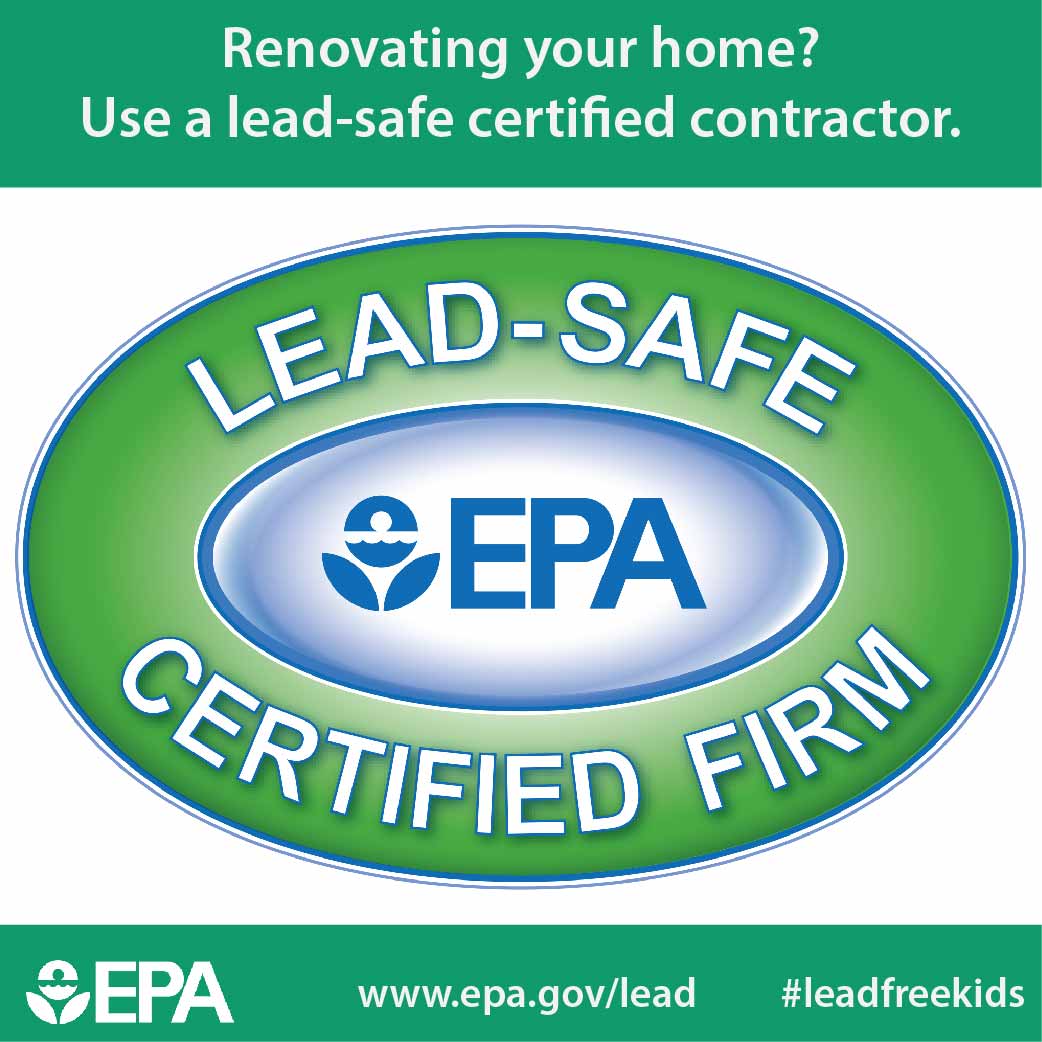Explore The Function Of Seasonal Consider The Success Of Industrial Exterior Paint And Reveal The Most Effective Times To Safeguard Lasting Results For Your Job
Explore The Function Of Seasonal Consider The Success Of Industrial Exterior Paint And Reveal The Most Effective Times To Safeguard Lasting Results For Your Job
Blog Article
Content Writer-Aguilar Rodriquez
When you're intending an industrial outside painting task, seasonal aspects can make or damage your outcomes. You'll want to think about exactly how temperature and moisture impact paint application and drying out times. Choosing how long does paint last in a can can ensure your paint sticks properly and lasts much longer. Yet which seasons are truly the most effective for this kind of job? Allow's discover the key elements that can affect your project's success.
The Influence of Temperature Level on Paint Application
When you're planning an industrial outside paint job, the temperature can dramatically impact how well the paint adheres and dries out.
Ideally, you wish to repaint when temperatures vary between 50 ° F and 85 ° F. If it's as well cool, the paint may not cure appropriately, causing problems like peeling off or splitting.
On the other hand, if it's also hot, the paint can dry out as well promptly, protecting against correct adhesion and causing an irregular finish.
You should also think about the moment of day; early morning or late afternoon supplies cooler temperature levels, which can be extra desirable.
Always check the supplier's referrals for the details paint you're making use of, as they commonly give support on the optimal temperature level array for optimal outcomes.
Moisture and Its Result on Drying Times
Temperature isn't the only ecological factor that influences your commercial outside paint job; moisture plays a substantial role as well. High moisture degrees can slow down drying times drastically, influencing the general quality of your paint job.
When the air is filled with moisture, the paint takes longer to treat, which can lead to issues like poor adhesion and a higher risk of mildew growth. If you're painting on a specifically damp day, be gotten ready for extended delay times in between layers.
It's important to monitor local weather and plan accordingly. Ideally, go for moisture degrees in between 40% and 70% for ideal drying out.
Keeping these factors in mind guarantees your job remains on track and provides a lasting coating.
Best Seasons for Commercial Exterior Painting Projects
What's the best time of year for your industrial outside paint jobs?
Spring and very early autumn are generally your best choices. Throughout these seasons, temperature levels are moderate, and moisture levels are often lower, creating ideal conditions for paint application and drying.
Prevent summer season's intense heat, which can cause paint to dry too quickly, bring about bad bond and coating. Likewise, wintertime's cold temperatures can hinder proper drying and curing, running the risk of the durability of your paint task.
Go for days with temperature levels in between 50 ° F and 85 ° F for optimal results. Remember to examine the local weather prediction for rainfall, as damp problems can spoil your job.
Planning around these aspects guarantees your painting job runs smoothly and lasts longer.
Final thought
Finally, preparing your commercial exterior paint jobs around seasonal considerations can make a substantial difference in the outcome. By organizing job throughout the suitable temperatures and humidity levels, you'll make certain far better attachment and drying times. Bear in mind to keep an eye on regional weather forecasts and select the right time of year-- springtime and early autumn are your best choices. Taking these steps will help you attain a sturdy and specialist finish that lasts.
